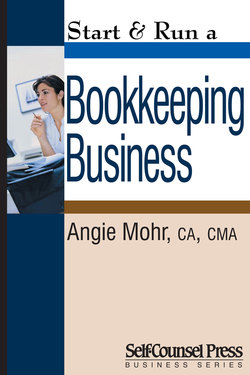Читать книгу Start & Run a Bookkeeping Business - Angie Mohr - Страница 27
На сайте Литреса книга снята с продажи.
Debt Management
ОглавлениеBesides your credit history, lenders will also be interested in the level of personal debt you’re carrying. More debt makes you a higher risk. From your own perspective, it’s wise to review your debt agreements and interest rates to make sure you’re paying the least amount of interest possible and also that you have a plan to pay down your debt. This plan has to agree with the amount of earnings you plan to take out of your business.
Take the following steps to minimize your debt and interest payments:
(1) Record your debts. List all of your personal debts, the terms left on them, and the interest rate(s).
(2) Rank your debts by highest to lowest interest rates. You will find that the highest interest rate debts are generally credit cards, retail cards, rent-to-own situations, and payday loans. The more the debt is secured by underlying assets, the lower the rate will be. For example, because the bank can take back your home if you do not make the mortgage payments, mortgage rates tend to be lower — because the risk to the bank (not to you!) is lower.
(3) Review your budget. Based on this review, calculate how much you can set aside for debt repayment.
(4) Make a formal debt repayment plan. For each debt, you should know how long it will take to pay off (not just the minimum payments required by the lender). Start with the debts with the highest interest rate and pay them off as quickly as possible.
(5) Stick to a budget! Make sure you make the payments you have calculated every month in order to be out of debt when you have planned to be. Setting personal budgets and cash-flow projections is every bit as important as setting business goals.
